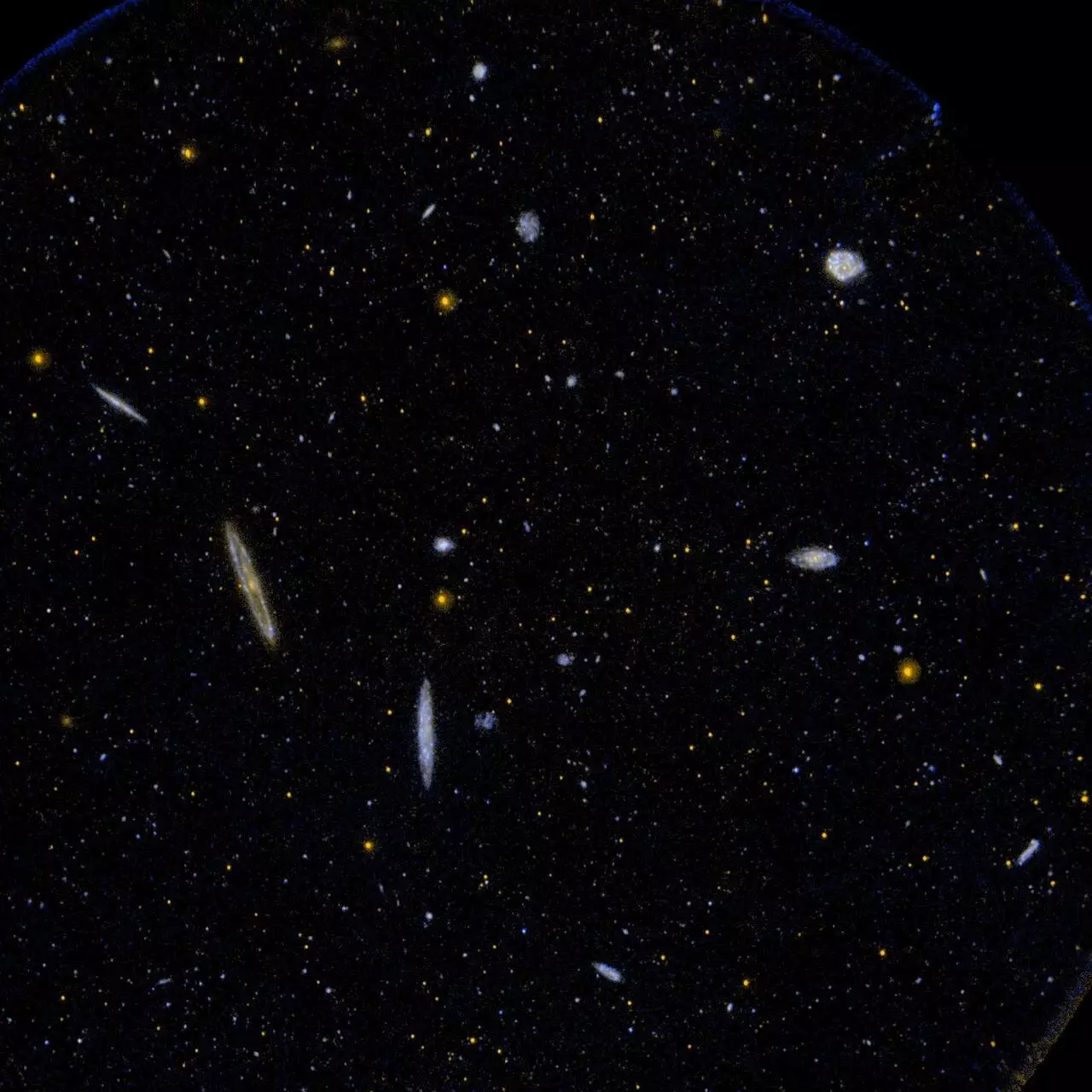Recent discoveries in the realm of cosmology have led to significant questions regarding the foundational principles of physics as we know them. A collaborative study involving researchers from Southern Methodist University (SMU) and three other institutions has uncovered intriguing data that suggests a potential shift in our understanding of the universe’s formation and the role of neutrinos. This raises critical inquiries: Are our existing models of physics adequate, or do we need to explore new frameworks? The answers derived from this investigation could redefine the content taught in physics courses globally.
The study harnesses the power of the Dark Energy Spectroscopic Instrument (DESI), which is undertaking the ambitious task of mapping the universe in unprecedented detail. Researchers utilized SMU’s advanced computing resources to model various scenarios that could explain their findings. Co-author Joel Meyers, an associate professor of physics at SMU, emphasized the importance of the precise data offered by DESI, stating, “It hints at phenomena that don’t align with our established expectations.” Such statements highlight the necessity of digging deeper into the implications of these observations for our understanding of cosmic structure.
The collaboration also included esteemed theoretical physicists from institutions such as UC Santa Barbara and Johns Hopkins University, who pooled their expertise to analyze the data critically. Their united effort reflects a vital aspect of modern scientific inquiry—collaboration across disciplines and institutions in the quest to address major scientific questions. This interdisciplinary approach ensures that the discoveries are not only robust but also well-rounded in their theoretical implications.
At the heart of these findings lies the enigmatic neutrino, one of the universe’s most abundant particles. Commonly overshadowed by more familiar constituents of matter, neutrinos exert profound influence over cosmic evolution. The study’s focus on understanding the absolute mass scale of neutrinos stems from their unique characteristics that dictate how matter clusters throughout the universe’s history.
Traditionally, scientists argued that massive neutrinos hindered the clustering of matter, which in turn shaped the structure of galaxies and other cosmic formations. However, the DESI data suggests a counterintuitive scenario: instead of dampening matter clustering, neutrinos may actually be facilitating it. This unexpected trend calls into question long-held assumptions and illustrates the complexity of the universe that physicists strive to decipher.
The Standard Model of particle physics, a cornerstone of contemporary scientific teaching, may now require scrutiny. As Meyers noted, the new findings parallel the ongoing “Hubble tension,” where observed cosmic expansion rates do not align with theoretical predictions. This discordance indicates that our current understanding may be incomplete or fundamentally flawed.
The researchers delved into whether these discrepancies can be accounted for by refining the Standard Model without discarding it entirely. They pondered the introduction of novel physics concepts that could broaden our understanding of particle dynamics and cosmic behavior. Such possibilities underscore the excitement and uncertainty inherent in the field of cosmology.
As the implications of this research unfold, the road ahead is fraught with challenges. It is probable that the scientific community will require years of intricate analysis and experimentation to discern the validity of the proposed theories. Nevertheless, the groundwork established by this research lays the foundation for a new era in cosmological studies. The exploration of systematic errors and measurement discrepancies presents an opportunity to refine our techniques and methodologies.
The revelations stemming from the DESI data prompt a reevaluation of established theories in physics. With the collaboration of experts committed to unraveling the mysteries of the universe, we may be on the precipice of uncovering new principles that could significantly shift the paradigms through which we understand our cosmos. As physics educators, it is imperative to remain attentive to these developments, for they promise to enrich the curriculum and inspire the next generation of physicists to push beyond conventional boundaries.

